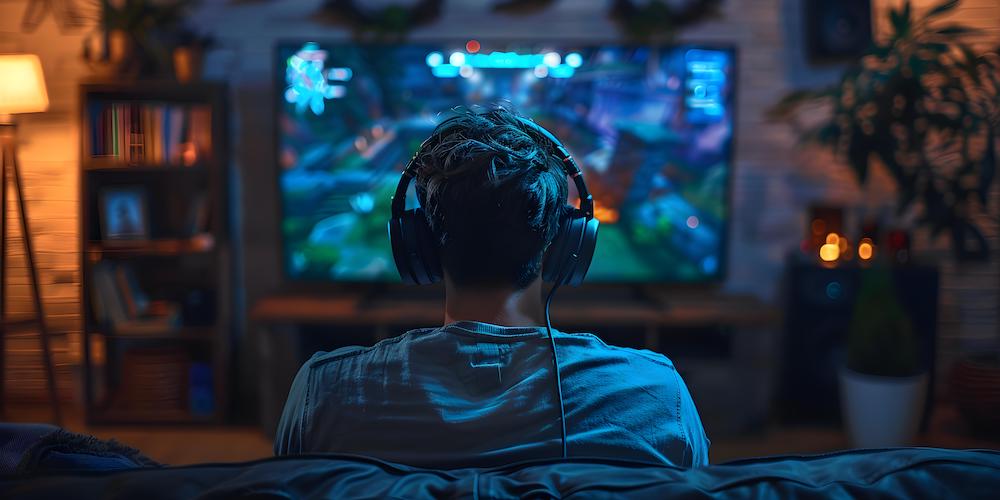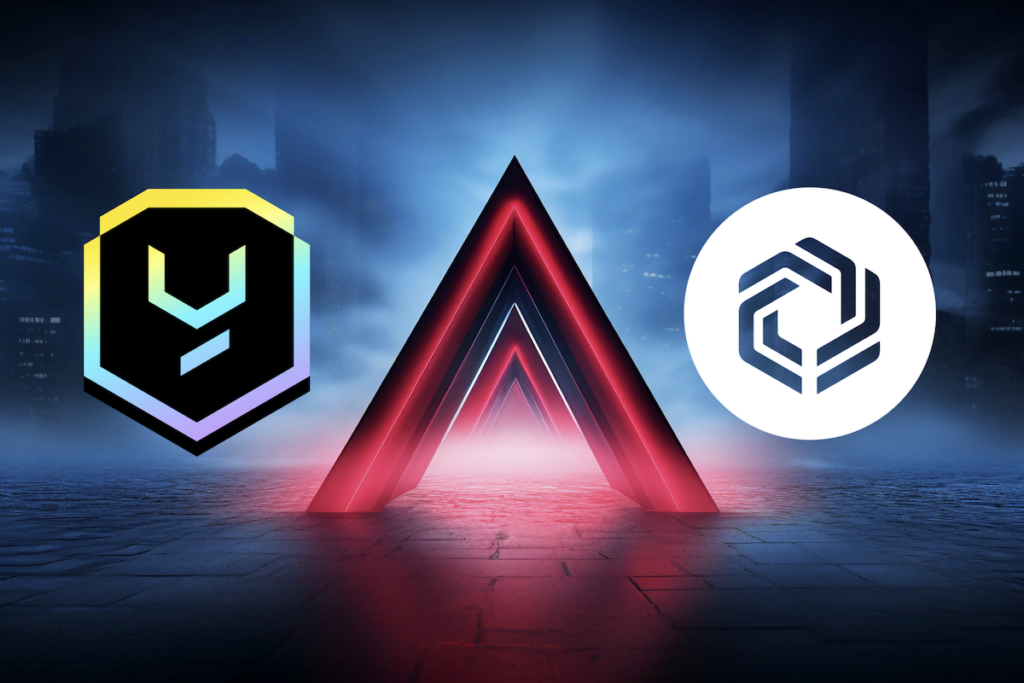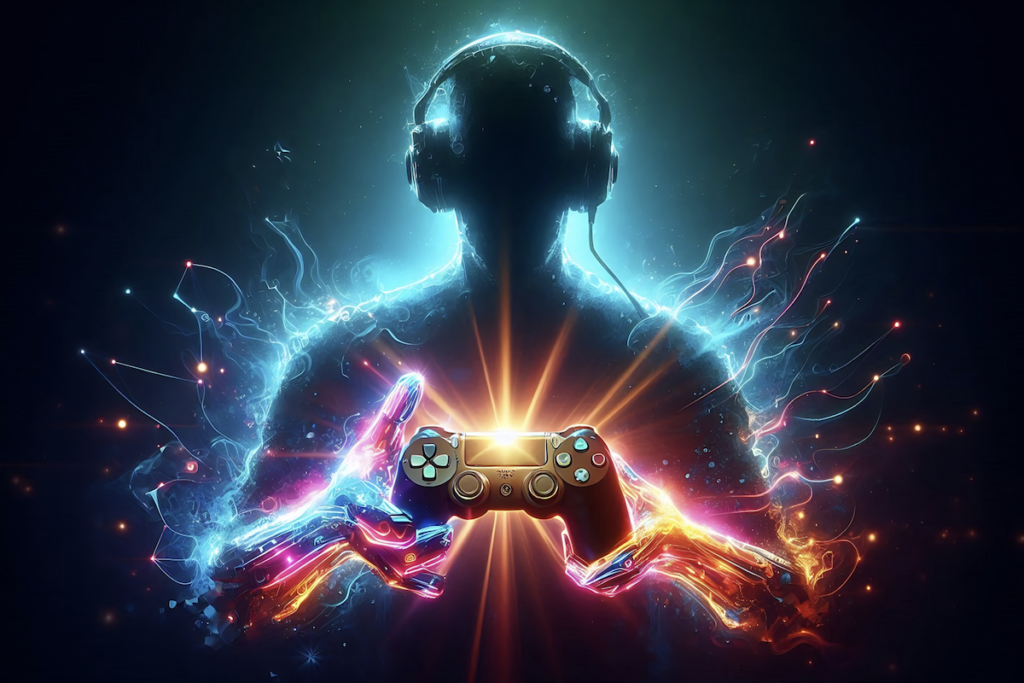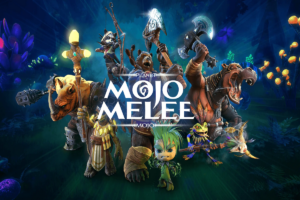Everyone has rights. The right to privacy. The right to vote. The right to own a cat. When it comes to gaming, there are also rights in place that dictate the freedoms players have within the virtual worlds they roam for hours. These include the right to explore anywhere and, in some instances, the right to own the assets they create. But what exactly does ownership mean in the context of gaming, and why’s it such a big deal to a growing subset of players?
From Zero to Full Ownership
If you’d asked a video gamer in the late 90s if they’d like to own their in-game assets they’d have laughed at you. They already own the console and the cartridge: what else could they wish to own – the rights to print t-shirts displaying their high score? Back then, hardware was owned by the players but all game assets were owned by the publishers. The idea that original content created by players could form a multi-billion dollar economy would have seemed as far-fetched as the notion that the entire world would one day be on the internet.
Fast forward a quarter century and here we are: not just are we all online, but gaming is larger than Hollywood and, thanks to a 21st century invention called blockchain, it’s possible to own the assets that are created in-game. And not just to own them but to trade them, transfer them, and in some cases control the rights to their IP, allowing for the creation of cartoons, comics, and other content originally conceived deep within a video game world. It is, as the saying goes, quite a time to be alive.

Web3 Ownership in Action
To non-web3 gamers which, for the foreseeable future constitutes the majority of all players, the idea of wanting to own your character or armor might seem strange. Who cares whose ball it is so long as you can play? But the idea of “true” ownership, as popularized by the web3 model, is about much more than bragging rights or catering to the whims of “not your keys, not your characters” blockchain zealots. It’s ultimately about evolving the capabilities of what can be done with gaming, particularly when it comes to user-generated content.
Not so long ago, character customization options were limited, leaving little scope for creating anything unique or remotely valuable to other players. But as gaming has evolved, the parameters of what can be created within sprawling virtual worlds has expanded dramatically, creating a huge secondary market for items that can advance game progress, level up characters, equip them with powerful weapons, and add exclusive accessories. Web3 games developers have taken this seemingly marginal use case and created an entire industry around it. And a sizable tranche of gamers have bought into this model with aplomb, demonstrating that players rights is an idea whose time has come.
As web3 studio Mythical Games reasons, “Players who have the freedom to trade their game items as they wish are more engaged, have more fun, and value their assets more.” That, in essence, is the elevator pitch for granting players the right to own their content. Mythical is adamant that economies centered on digital ownership will grant players a greater stake in the games they love and create powerful second-order effects such as the ability to govern game development or even to develop spin-off content of their own.
Mythical Games, as with most other web3 studios, automatically tokenizes in-game items as NFTs, enabling seamless ownership and the ability to freely lend, sell, or transfer them to other players. Web3 gaming platform The Sandbox takes a similar approach, empowering users to create, own, and monetize their gaming experiences. Players can buy, develop, and monetize virtual real estate and use their NFTs across different experiences within The Sandbox ecosystem. Like Mythical Games, The Sandbox lets players experience genuine ownership, enabling them to reap the rewards for their creativity and time spent in-game.

The Case for Letting Players Own It All
The benefits to players of being able to own the weapons, skins, or virtual real estate they’ve spent hundreds of hours refining are evident. What’s less commonly examined is the benefits to developers of doing so. Introducing a decentralized, player-driven model allows developers to be far bolder and experimental than they could otherwise be were they operating a traditional video game.
From setting up a virtual casino on your patch of metaverse land to having your character fight an opponent in an entirely different game, there’s a lot that can be done once studios learn to let go and allow communities to steer the ship. This doesn’t mean relinquishing control altogether, incidentally: studios still retain the right to build whatever they like and to launch new content, sequels, prequels, and tie-ins. But through furnishing an army of players with the rights to own their content and tell the world about it, they gain an army of ambassadors who will onboard new players and drive greater revenue to studios.
Just as the success of NFT collections such as Bored Apes would have been impossible without owners supplying the energy, amplification, and trading volume, the same is proving true of web3 games. It’s not the only case for playing them – we haven’t even touched upon unique features such as token rewards or universal access or censorship-resistance – but it’s one of the most compelling.
As web3 technology matures and permeates everything, player ownership will become a standard feature in gaming. This inevitable embrace of blockchain will give players, developers, and creators something to gain, ushering in a more equitable and immersive gaming future with players’ rights at their core.
Author
-

Immersive tech enthusiast, diving into the NFT currents reshaping the Metaverse.




